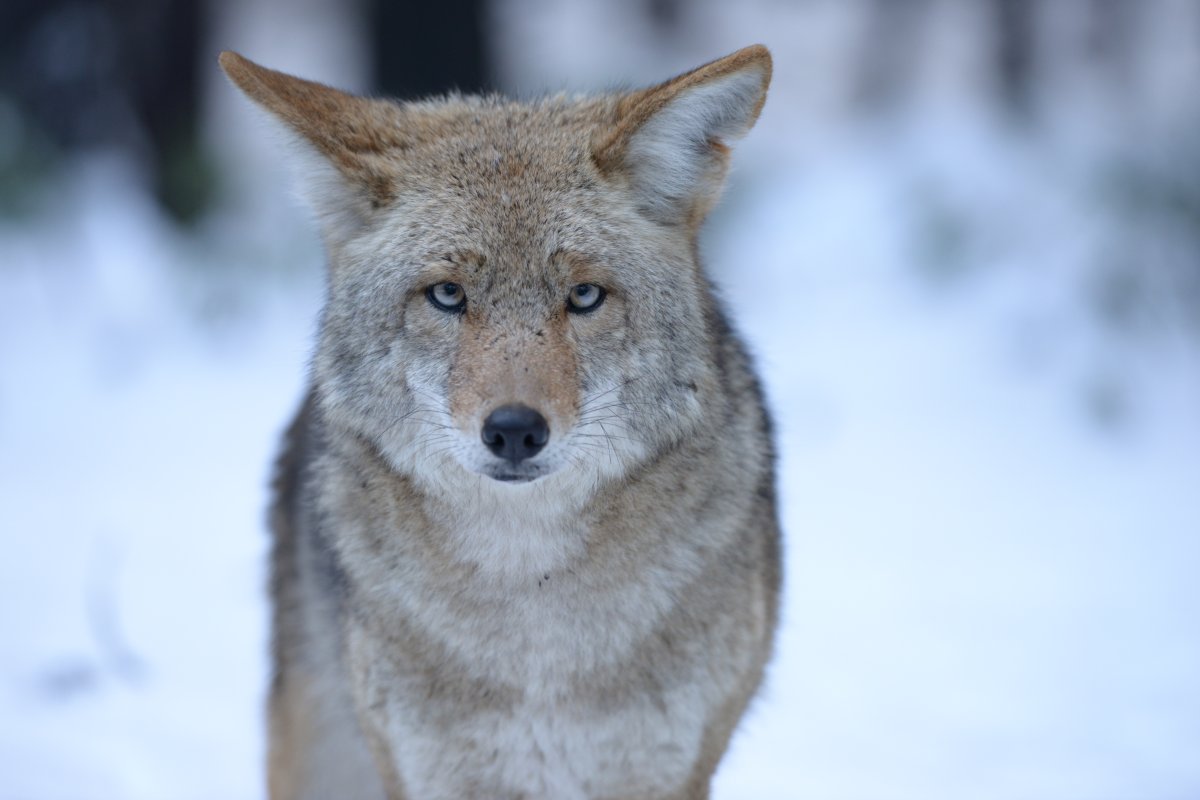Since the 1900s, coyotes have “dramatically expanded” across North America. The canine species is found in most U.S. states and Canadian provinces, and according to a new study, is rapidly making its way into Central America.

The study, published in the journal ZooKeys, details how the coyote has been able to flourish while other large mammals on the continent are on the decline.
Despite widespread management as a pest species, coyotes have continued to spread their geographic range by around 40 per cent since the 1950s, the study said.
This is at least twice as much as any other North American carnivore during the same time period. And the expansion seems to be the fastest in Canada and the northeastern U.S.
WATCH: Coyote sightings on the rise in Saskatoon

“The north extension into Canada and northeast moved faster than the southern one,” Roland Kays, a research associate professor at North Carolina State University and co-author of the study, told the Washington Post. “It goes down through Mexico. It’s all open country for the most part.”
What are the reasons for the expansion?
The decline of larger predators is a huge factor, according to the study. Specifically, the decrease in wolf, cougar and jaguar populations could have set the stage for “coyote colonization,” the authors said.
Larger mammals, such as mountain lions, wolves and bears, have been hunted to near-extinction in some places in North America, but coyotes have not given in easily, Kays said.
“Coyotes are the ultimate American survivor. They have endured persecution all over the place. They are sneaky enough. They eat whatever they can find — insects, smaller mammals, garbage,” he said.
The authors said coyotes are extremely adaptable and have the ability to thrive in urban areas. The omnivores will also eat almost anything, from leather to backyard fruit, though many prefer wild prey, even when living in cities, according to National Geographic.
The authors of the study said the changing environment — from a forest landscape to an agricultural flat land — has benefited the animals.
This environmental change, “likely facilitated coyote expansion by creating suitable coyote habitat in areas that were previously unsuitable,” the authors stated.
However, it still remains unclear why coyotes favour open plains over forests.
What is the impact?
The ecological impact on spreading coyotes is still largely unknown, the researchers stated.
But, coyotes may represent a new top predator in eastern North America and other parts of the continent, with cascading effects on predator communities and disease dynamics, the authors said.
The researchers also believe that the trend of killing coyotes’ predators may lead to an increase of a “hybridized species.” For example, “coywolves,” or coyote-wolf hybrids, have been allegedly spotted in Canadian cities such as Toronto.
WATCH: Coywolf — A new hybrid animal spotted in Toronto neighbourhood

Although uncommon, there is also the concern of coyote attacks on humans and pets.
On May 16, a three-year-old boy in Burnaby, B.C. was badly injured and needed more than 100 stitches after he was attacked by a coyote.
Coyote’s history
Coyotes come from the canid family, which evolved in North America 5.3 million years ago.
Many of the other species of this family, like jackals and wolves, spread across the world via land bridges connecting America to Europe and Asia. But coyotes never left and evolved as a distinct species about a million years ago, Dan Flores, author of Coyote America: A Natural and Supernatural History, told National Geographic.
WATCH: Coyote climbs a tree for some apples

In the early 19th century, the coyote was a “western animal exclusively.” But they began to move north into boreal forests, east into deciduous forests and south into tropical rainforests, the study showed.










Comments